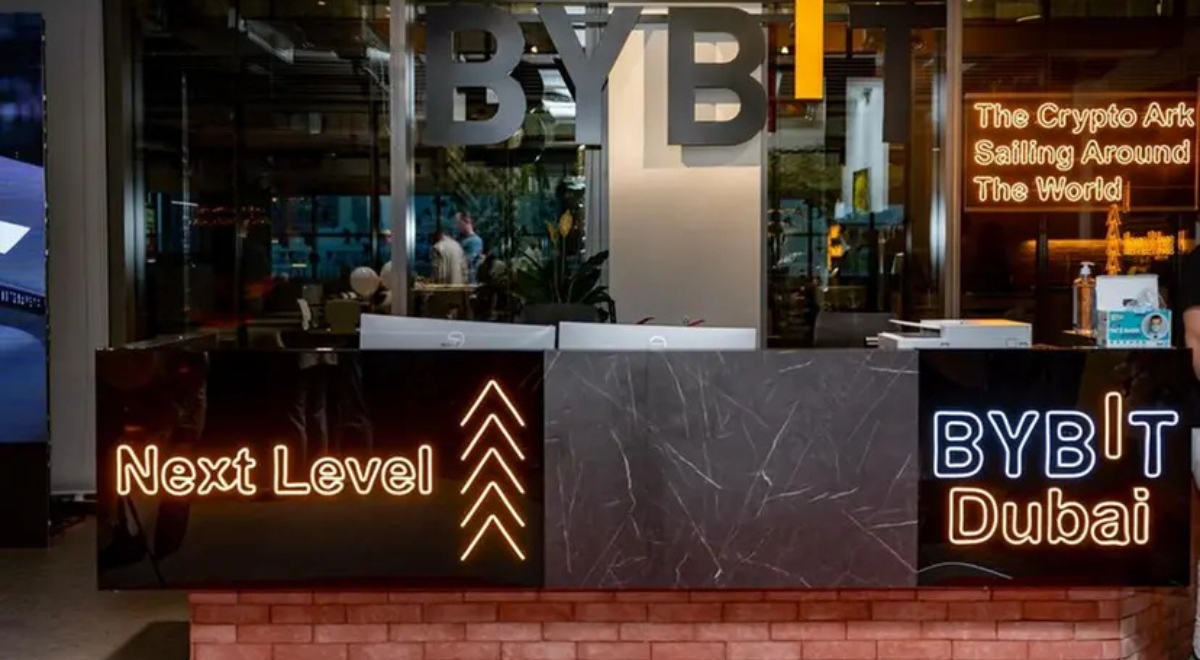The Middle East is undergoing rapid transformation and emerging as a prominent participant in the digital economy, with digital money poised to have substantial influence in the region. The Middle East is poised to transform its financial environment as it embraces the rising popularity of cryptocurrencies, blockchain technology, and the emergence of Central Bank Digital Currencies (CBDCs). The driving forces behind this shift include a blend of innovation, legal frameworks, and a dedication to diversifying economies beyond reliance on oil. Let us analyze the present patterns and formulate forecasts on the future of digital currency in the Middle East.
Table of Contents
ToggleIncreasing fascination with cryptocurrencies
In the last ten years, cryptocurrencies have gained worldwide popularity, including in the Middle East. Significant financial centers such as Dubai, Abu Dhabi, and Bahrain are experiencing a consistent rise in the usage of cryptocurrencies. Investors, whether they are individuals or institutions, are attracted to the potential of decentralized finance and the chance to diversify their wealth. This trend is partially attributed to the region’s youthful and technologically adept population, as well as the inclination to investigate alternative assets in a progressively digitalized environment.
The UAE and Bahrain have demonstrated progressive attitudes towards the adoption of cryptocurrencies, including permitting regulated exchanges and cultivating a conducive atmosphere for fintech businesses. With the increasing understanding and confidence in digital currencies among people in the Middle East, the integration of cryptocurrencies into daily transactions and investments is expected to rise.
The Rise of Central Bank Digital Currencies (CBDCs)
One significant development in the Middle East is the increasing prominence of Central Bank Digital Currencies (CBDCs), which are digital currencies created and controlled by central banks. Multiple countries, including as the UAE and Saudi Arabia, are currently engaged in the active exploration or development of their own Central Bank Digital Currencies (CBDCs) in order to modernize their financial systems. These digital currencies provide a compromise between the unrestricted nature of cryptocurrencies and the restrictions exerted by established monetary systems.
For instance, the digital dirham of the UAE and the possible digital riyal of Saudi Arabia might function as safe and government-supported digital currencies, enabling international trade, financial access, and decreasing transaction expenses. Through the implementation of Central Bank Digital Currencies (CBDCs), Middle Eastern nations want to bolster their financial infrastructures and maintain their competitiveness in the global economy.
Blockchain: The Fundamental Structure of Future Financial Systems
The Middle East is increasingly recognizing the significance of blockchain technology, which serves as the backbone for cryptocurrencies. In addition to finance, blockchain technology is being incorporated into a range of industries, including as supply chain management, real estate, and healthcare. As an illustration, Bahrain has established itself as a prominent center for blockchain technology in the region, by implementing regulatory frameworks that foster innovation in this field.
The increasing adoption of blockchain technology is anticipated to have a transformative impact on various industries in the region, as it has the potential to enhance efficiency, enhance visibility, and lower expenses. This tendency is consistent with the wider regional goal of embracing state-of-the-art technology to stimulate prosperity and foster innovation.
Establishing Regulatory Frameworks to Foster Trust
The trajectory of digital currency in the Middle East is contingent upon the regulatory and managerial actions undertaken by governments in relation to this nascent asset category. The UAE and Bahrain have taken significant measures to build well-defined regulatory frameworks that ensure investor and corporate protection while promoting innovation.
Nevertheless, regulation continues to have both positive and negative consequences. Although establishing explicit regulations can enhance the credibility of digital currencies and safeguard against potential hazards like fraud and money laundering, excessive regulation may impede innovation and restrict the expansion of this emerging industry. Achieving the optimal equilibrium will be crucial in guaranteeing that the Middle East maintains its status as a competitive center for digital currency innovation.
Forecasts for the Future
In the future, the Middle East is expected to emerge as a significant participant in the global digital currency industry. With the introduction of Central Bank Digital Currencies (CBDCs), a reliable and stable alternative to cryptocurrencies will be offered. Additionally, CBDCs will enable seamless cross-border transactions and promote financial inclusion. Moreover, with the ongoing integration of blockchain technology across many industries, the financial landscape of the region would experience enhanced efficiency and transparency.
Over the coming years, the Middle East is poised to become a frontrunner in the widespread acceptance of cryptocurrencies and the advancement of blockchain technology. By implementing appropriate legal frameworks and consistently investing in technology, digital money will have a crucial impact on the economic future of the area. It will aid in the diversification of economies and stimulate growth in various sectors.











